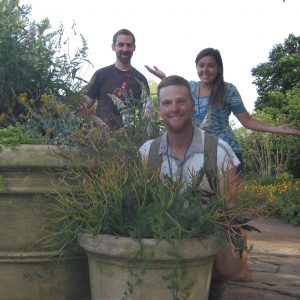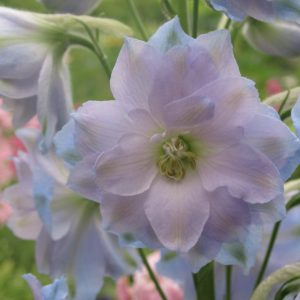While the majority of my work days in my internship with the NPS-Fort Collins entails computer research, I have had the great opportunity to link up with the Rocky Mountain Network. This branch functions as a research-based division that monitors three parks in Montana and three in Colorado. I have spent five days in the field thus far, and each has lent me a new experience. The first four of these were spent monitoring pika along the slopes of Rocky Mountain NP. Essentially I spent the day tracking down predetermined locations with a gps unit and examining the habitat to decide whether it was suitable for the highly monitored pika. An additional associated project was to search for prime samples of pika scat for a conservation genetics project. Much of this terrain was very steep a high forecast for rock slides. The sites were spread to various reaches of the park and allowed me to drive and hike through some incredible territory in the northern Colorado Rockies. Along with a handful of pika sightings I had my first encounters with marmots, elk, and innumerable alpine wildflowers.
This past week I had a chance to freshen up on aquatic sampling techniques. I accompanied several crew members from the RMN to the headwaters of the mighty Colorado River, not but a mere stream where we were sampling. We spent a long day on the west side of the park sampling everything from bank dimensions, vegetative composition, macroinvertebrates, in stream minerals, and chemical properties of the lotic habitat. This was probably my best day in the field yet. I’m looking forward to doing alpine wetland sampling next week with the last of my field days.
My Great Lakes invasives project is coming along faster than expected. I’ve established much of my database and am now most of the way through profiling all the established species. From here I’ll move on to designing the website, creating a webinar, and enhancing the database in any way possible. Still four months to go for me here, so there remains ample time to explore the Rockies and hopefully more of the surrounding west.


















